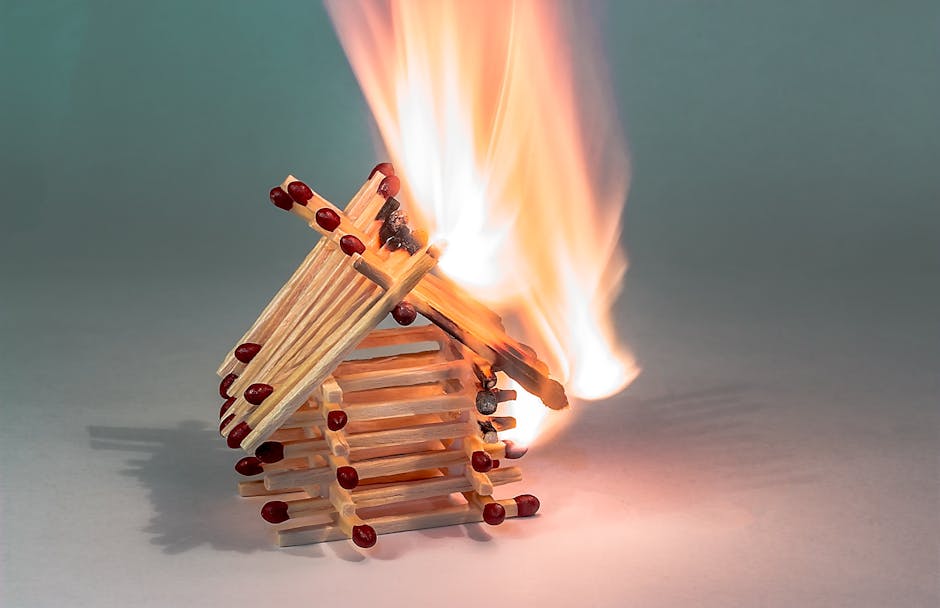Fire Starting Methods: From Matches to Primitive Techniques

Fire Starting Methods: From Matches to Primitive Techniques
Table of Contents
1. The Evolution of Fire Starting Methods
2. Modern Fire Starting Tools
– Matches
– Lighters
– Fire Starters
3. Primitive Fire Starting Techniques
– Hand Drill
– Bow Drill
– Fire Plow
– Flint and Steel
4. The Science of Fire
5. Safety Tips for Starting a Fire
6. Conclusion
The Evolution of Fire Starting Methods
Fire has been a crucial element for human survival for thousands of years. It provides warmth, light, and a means to cook food. The ability to start a fire has been a vital skill throughout human history. Early humans likely discovered fire by accident, but over time, they developed various methods to create it intentionally.
Modern Fire Starting Tools
Matches
Matches are one of the most common tools for starting a fire. They are portable, easy to use, and relatively inexpensive. The modern match was invented in the 19th century and has been a staple in households ever since. Matches work by striking the match head, which contains chemicals, against a rough surface to create a flame.
Lighters
Lighters are another popular fire-starting tool. They come in various forms, from disposable to refillable, and use a spark to ignite a fuel source, typically butane. Lighters are convenient and can be used multiple times, making them a favorite choice for many.
Fire Starters
Fire starters are a category of tools designed to help ignite a fire quickly and efficiently. They include products like fire starter sticks, cubes, or gels. These tools are especially useful in wet or windy conditions where traditional methods may fail.
Primitive Fire Starting Techniques
Hand Drill
The hand drill method is one of the oldest techniques for starting a fire. It involves spinning a wooden stick between the palms against a wooden base to create friction and heat, eventually leading to an ember.
Bow Drill
The bow drill is a more advanced version of the hand drill. It uses a bow to spin the drill, which allows for faster rotation and less physical effort. This method also produces an ember that can be used to start a fire.
Fire Plow
The fire plow technique involves rubbing a hardwood shaft against a softer wood base. The friction creates a groove in the base, and the resulting sawdust can be ignited to create a fire.
Flint and Steel
Flint and steel is a traditional method that involves striking a piece of flint against steel to create sparks. These sparks can then be caught on a tinder bundle to start a fire.
The Science of Fire
Understanding the science behind fire is essential for successfully starting one. Fire requires three elements: heat, fuel, and oxygen. This is known as the fire triangle. Removing any one of these elements will extinguish the fire. When starting a fire, it’s important to consider the type of fuel being used and how well it can sustain a flame.
Safety Tips for Starting a Fire
Starting a fire can be dangerous if not done properly. Always follow safety guidelines, such as clearing the area of flammable materials, keeping water nearby, and never leaving a fire unattended. It’s also important to check local regulations and fire bans before starting a fire outdoors.
Conclusion
Fire starting is a skill that has evolved over time, from primitive techniques to modern tools. Whether using matches, lighters, or traditional methods, understanding the science of fire and following safety precautions is crucial. With the right knowledge and tools, anyone can master the art of starting a fire.